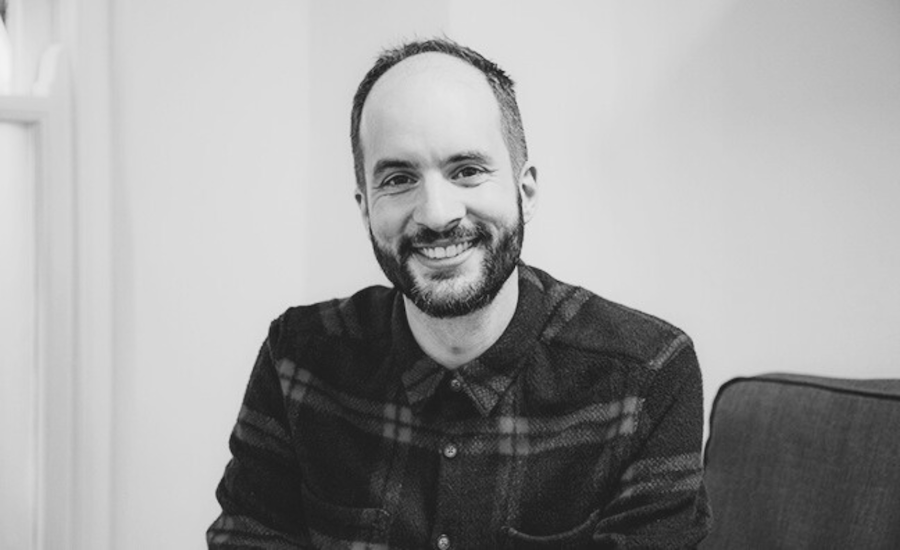Andrew Howell was promoted to Vice President of Sync at Warner Chappell Music UK in May this year after joining the team back in 2016 and has been instrumental in the success of its mult-award winning sync department.
Here, we sit down with Howell to discuss the current sync landscape and discover what makes Warner Chappell stand out from the rest.
How would you describe the current state of the sync industry?
It feels like a very exciting time creatively in the sync industry with streaming platforms continuing to create amazing content that is rich with opportunities for all genres. The area has grown massively over the last few years, and it is exciting from a sync perspective to have writers and artists in incredible, groundbreaking projects.
I feel like advertising has finally thrown off the hangover from the pandemic, and we have seen some great creative coming through. Brands are making braver choices and trying to stand out and have an impact.
What changes and developments would you like to see in sync?
I would like to see music used more in the telling of a story rather than as an afterthought. We have seen how much impact a well thought out placement can have, whether in a film or a piece of branded content, and I would love to see this trend continue.
“I would like to see music used more in the telling of a story rather than as an afterthought.”
What sets the Warner Chappell sync team apart?
Our fierce drive to get to ‘Yes!’ for our writers and sync clients. In such a competitive area of the business, a willingness to try new things, being proactive, thinking outside the box and strong communication throughout every stage of a deal are key attributes and this is across the business at Warner Chappell, not just sync. We want to compete for everything. I’m exceptionally lucky to be able to work with such a talented bunch of folks.
Where do you see untapped potential in sync?
We are a major publisher, so we have a vast songbook, but one of the big conversations is how do we unlock the hidden gems to a much wider audience.
“One of the big conversations is how do we unlock the hidden gems to a much wider audience.”
I think one area that hasn’t quite been nailed down is micro-licensing. We all understand it is a complicated space, but with the right partners, a bit of pragmatism, and some proper systems in place, this could be a really exciting area to delve into and crack open.
How do you measure sync success?
There are so many variables, so many ways to measure success. If we have done the best for our writers, and made the licensing process as painless as possible from end-to-end, that is a success. We also look at how impactful a sync has been. Has it had an impact on the audience, on the culture, in whatever we were trying to achieve? There are many layers to success, but if we have done the best for our writers, that’s as much as we can ask for.
Can you tell us about a recent sync highlight?
There are so many! I think one that has been a personal highlight and really close to my heart is ‘Home Again’ by Michael Kiwanuka in a campaign for Battersea Cats and Dogs Home. It is such an important charity and it was amazing to see how well that film connected.
How do you think generative AI will impact the sync market?
As a company, we are committed to embracing new technology, including AI, looking at how it can help support artists’ and writers’ work, with their consent. Generative AI offers huge opportunities for artists and songwriters, and it has many potential beneficial applications.
“For AI to be part of a thriving economy, these models must be developed within a reasonable legislative framework that respects human creativity and identity.”
However, for AI to be part of a thriving economy, these models must be developed within a reasonable legislative framework that respects human creativity and identity. It is still a young technology and we have a lot to learn.


1 comment
“…within a reasonable legislative framework that respects human creativity and identity.” This is the inherent problem, in my opinion. I don’t think that signifigant attempts to protect creative works will be made, at least in the U.S. (with the notable exception of Tennessee). Legislation to protect creators was passed in the E.U., but the U.S. is simply…different.